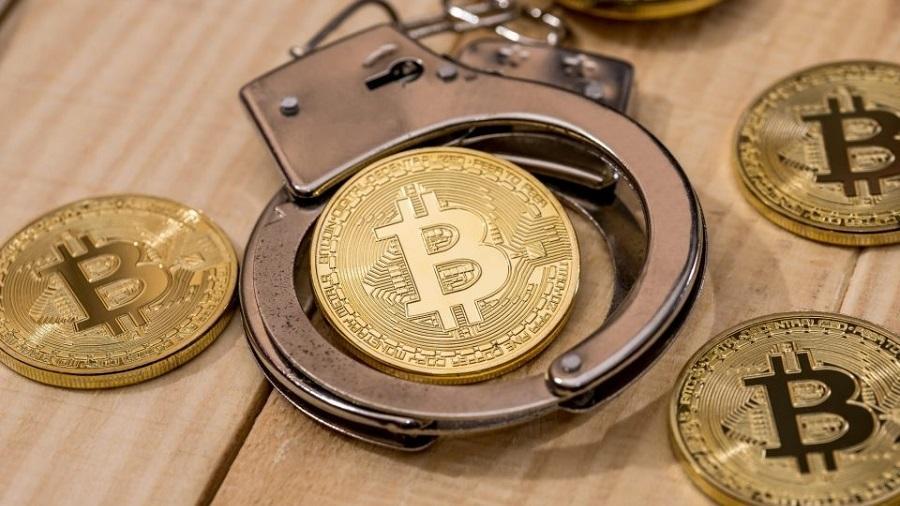THE dollar closed in fall against the real this Thursday (23), in a benign day in the external financial markets, which are being benefited by the famous “rally of Natal” and a sense of relief among investors over the Ômicron variant. The Ibovespa took off from abroad, and operated at a low rate.
The dollar in cash retreated 0.09%, to R$ 5.6634 on sale. At B3, the first-maturity dollar futures contract rose 0.13%, to R$ 5.6614, around 5:00 pm. At the same time, the Ibovespa fell 0.42% to 104,805 points.
In the accumulated result for the week, the North American currency fell 0.37%, but increased 0.47% in December. In the accumulated in 2021, the dollar appreciated 9.09% against the real.
The dollar fell during the morning but began an upward trajectory, with the US currency taking a breather abroad after inflation data endorsed bets on higher interest rates in the United States in 2022, reaching more than R$ 5.70 .
When the currency surpassed the value, the Central Bank announced the first dollar cash sale auction of the day. The second operation took place around 2 pm. In both auctions, Bacen put a total of US$ 965 million up for sale, helping to contain the rise.
The monetary authority, therefore, resumed extraordinary operations on the spot market, after carrying out them for the last time on Tuesday. The Central Bank has resorted to this instrument in December, a typical period of reduced liquidity due to the lower flow of trades and also the remittances of profits and dividends.
On the macroeconomic agenda, the market analyzes in Brazil the HICP-15, whose December and annual readings came in slightly below expectations.
From the external agenda, highlight the inflation numbers in the U.S, in addition to activity indicators in the country. The PCE, important inflationary data, had the highest annual accumulated value in almost 40 years in November.
Overseas, there was a certain calm in international markets, with a surge in Wall Street futures, emerging currencies and Asian and European equities.
“Risk aversion weakens after the release of studies on the Ômicron variant, which showed a lower probability of severe cases when compared to the delta variant,” Bradesco said in a morning note.
“Even so, the worsening of the pandemic and the response of the authorities, especially in Europe, still imposes caution on business, limiting the recovery of the markets”.
“Concerns about the severity of the Ômicron variant are fading, which drives demand for riskier currencies and asset classes, while weighing on safe havens like the US dollar, Japanese yen and sovereign bonds,” he said. in note George Vessey, strategist at Western Union Business Solutions.
In the domestic field, the central bank the rollover of traditional exchange rate swap contracts that would expire in February ended the day before, and even on the eve it announced the beginning, on January 3, of the rollover of derivatives to expire in March, totaling R$ 14.1 billion (282,270 contracts).
“The execution of this rollover foresees the realization of daily traditional swap auctions and will comprise the period necessary for all the stock maturing on 3/2/2022 to be renewed. The BC will be able to change the lot offered each day, or even accept proposals in an amount lower than the offer, according to the demand conditions for the instrument, without prejudice to the objective of fully rolling over the maturity”, said the BC in a note on its website.
Reference: CNN Brasil
I am Sophia william, author of World Stock Market. I have a degree in journalism from the University of Missouri and I have worked as a reporter for several news websites. I have a passion for writing and informing people about the latest news and events happening in the world. I strive to be accurate and unbiased in my reporting, and I hope to provide readers with valuable information that they can use to make informed decisions.






